University Nursing Case Study: Ethical Dilemmas and Patient Care
VerifiedAdded on 2022/10/03
|5
|1143
|346
Case Study
AI Summary
This case study analyzes a nursing scenario where a registered nurse makes assumptions about a patient and his partner, leading to an ethical dilemma. The nurse, upon admitting a patient named Alan who arrived with his husband Mark, incorrectly assumed Mark was the caregiver and discussed medical history with him, ignoring Alan's direct involvement in his own care. This behavior violated patient-centered care principles and ethical codes, potentially causing emotional distress to Alan. The case highlights the importance of non-judgmental assessment, open communication, and respecting patients' relationships and choices, including sexual orientation. The author reflects on how they would handle the situation, emphasizing the need for direct patient engagement, ethical considerations, and the importance of communication skills to foster a therapeutic relationship. The assignment emphasizes the significance of ethical awareness, patient-centered approaches, and effective communication in the nursing profession, underscoring their impact on patient outcomes and professional development.
1 out of 5
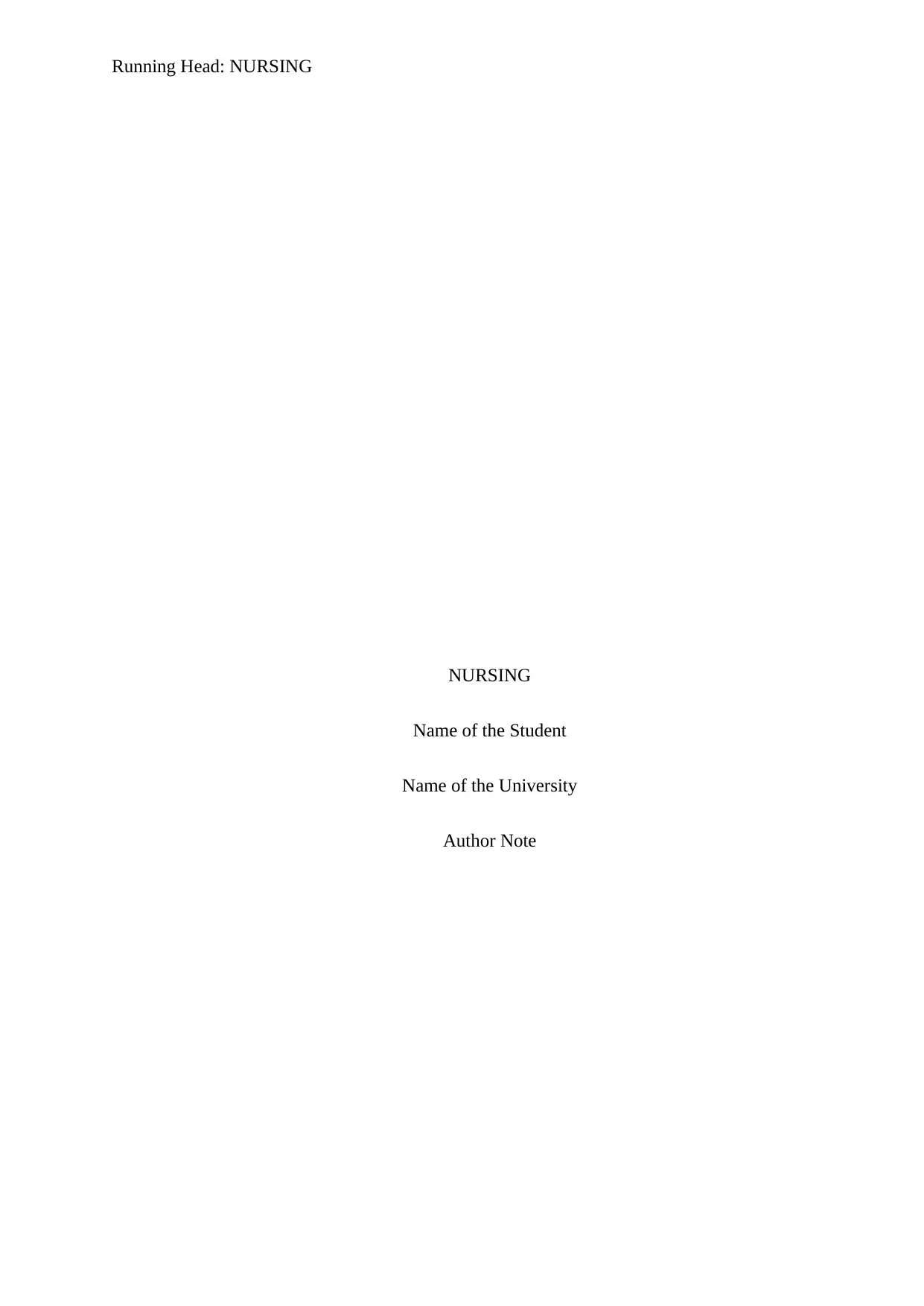
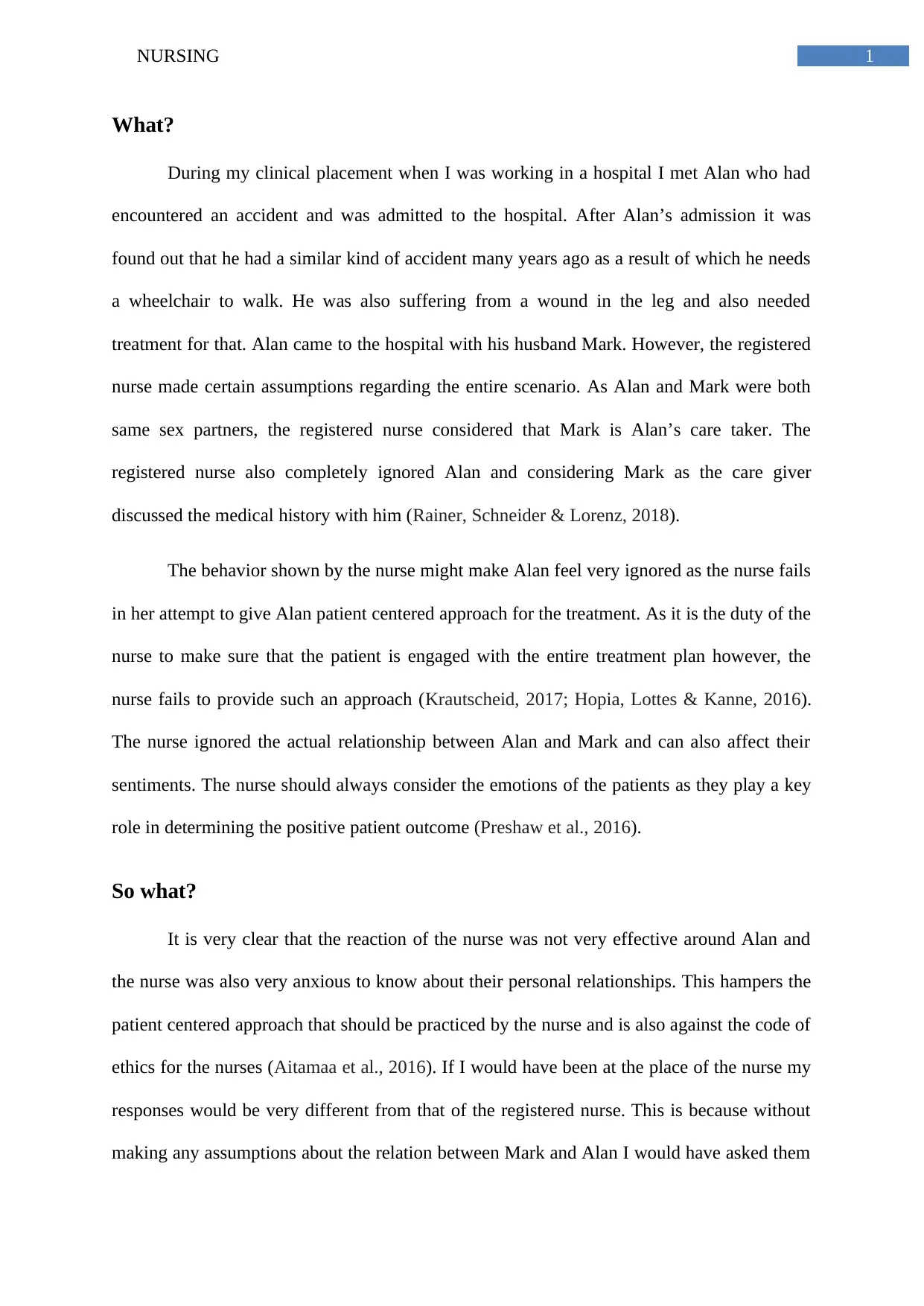
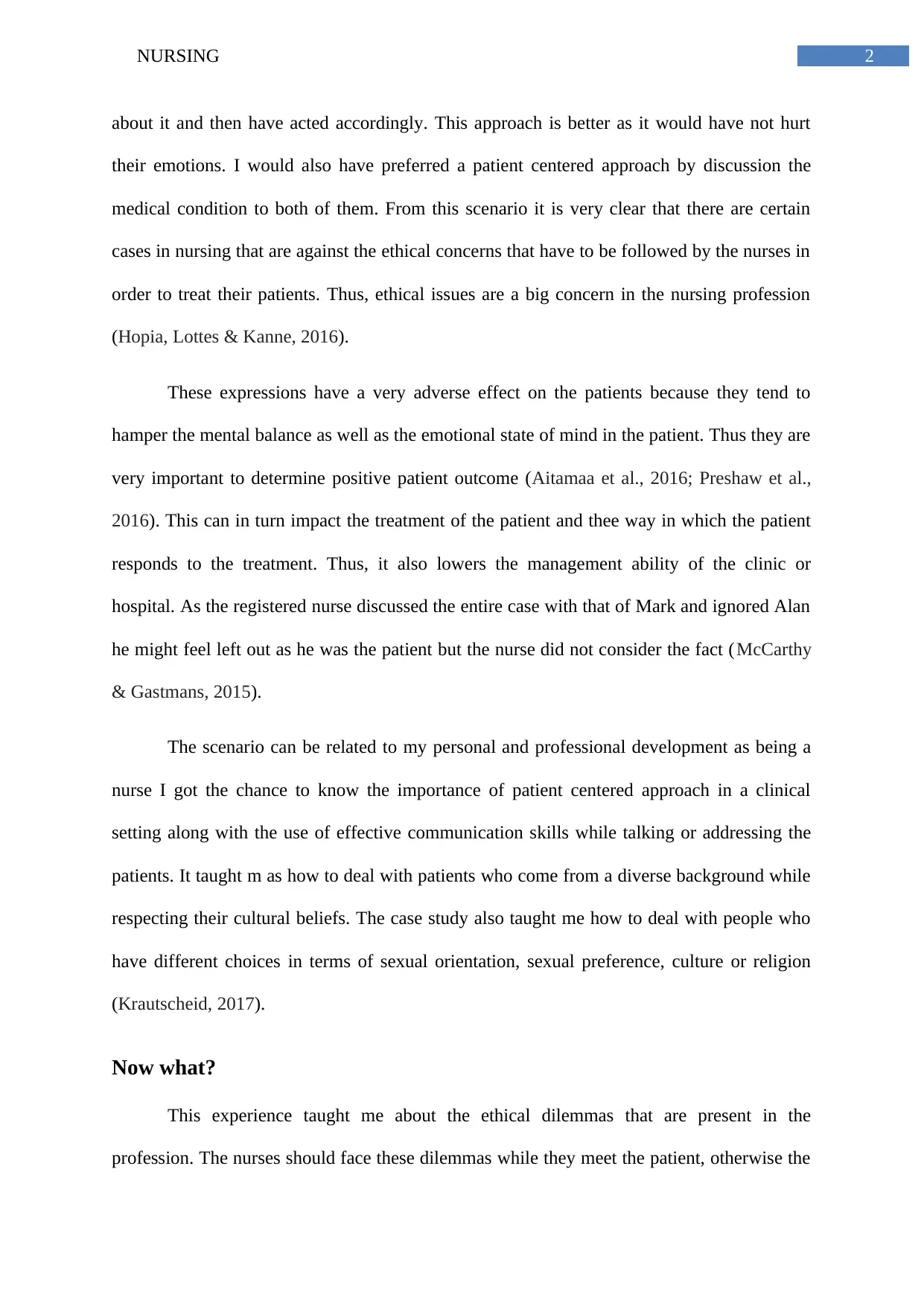

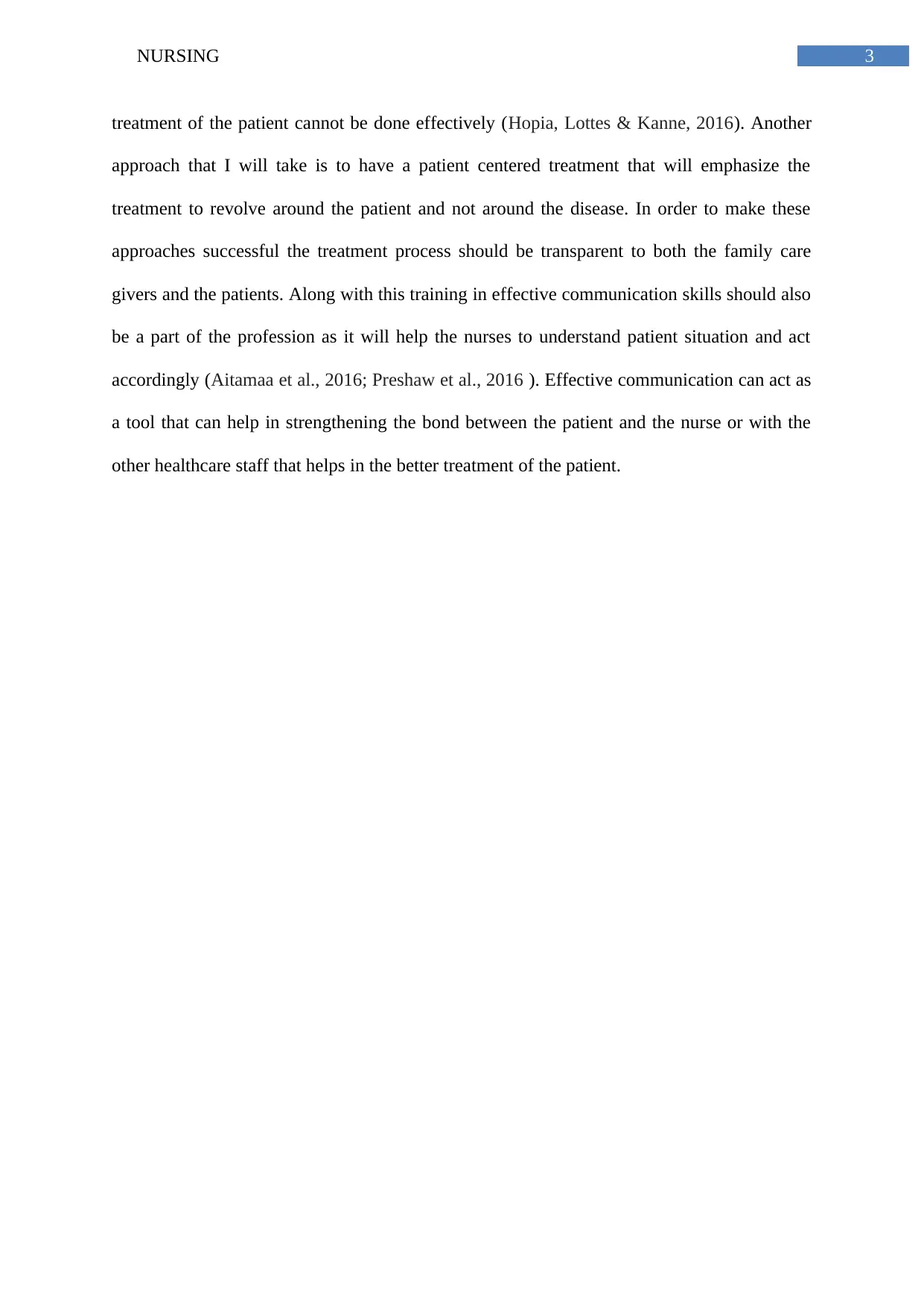
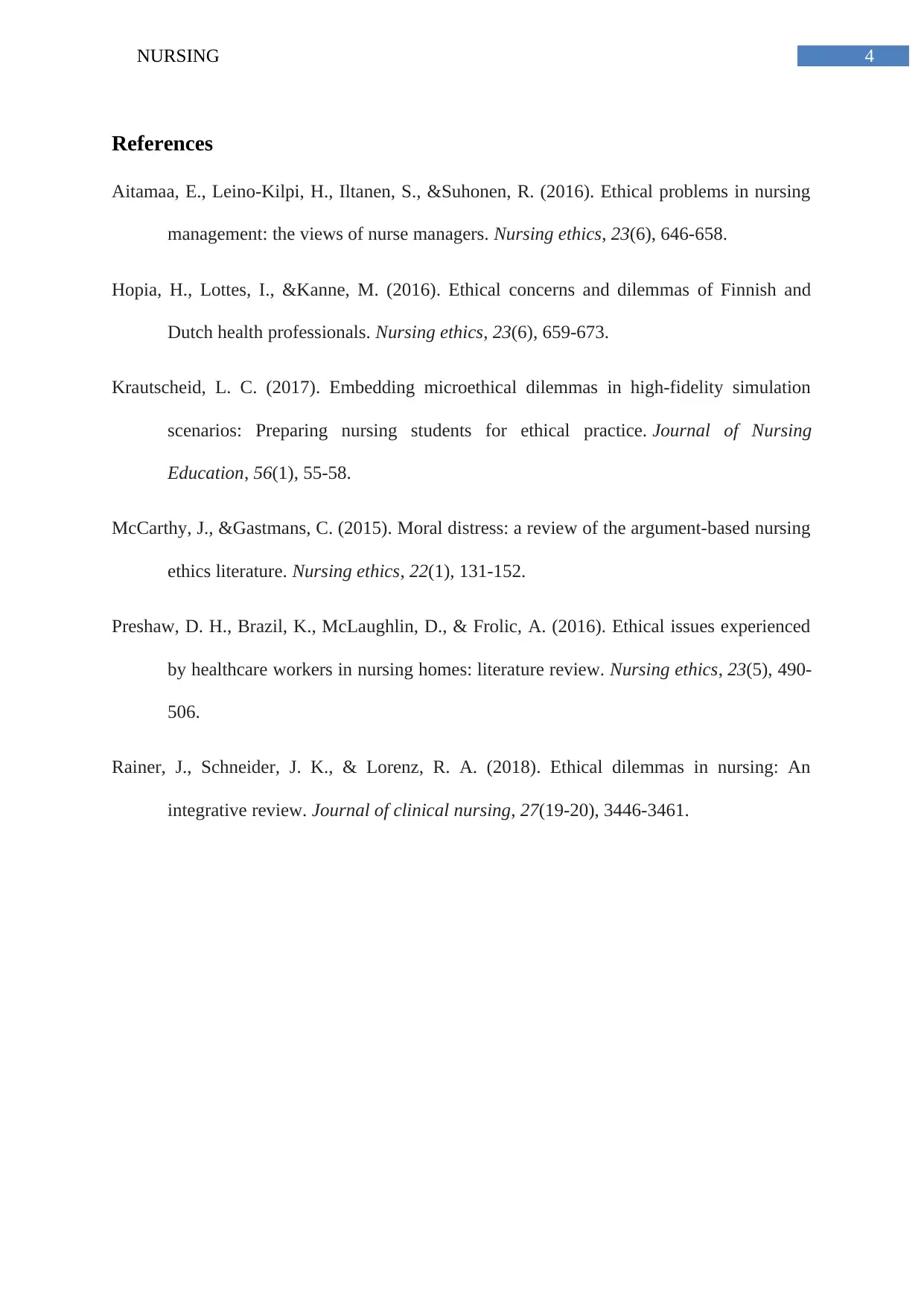






![[object Object]](/_next/static/media/star-bottom.7253800d.svg)